When temperatures drop for winter, many a gardener’s eyes will start scouting their plants to ensure every last one is sufficiently protected against frosts. I have seen a so-called gardening ‘hack’ of using festive lights to help plants, but can it truly be an effective way? Do Christmas lights keep plants warm enough for them to survive the winter outdoors?
To find out, I take a deep dive into this potential method to discover if it is a potentially untapped way to protect plants from frost and create a beautiful festive atmosphere, or if it is just a social media trend best described as all style and no substance.
You may like

(Image credit: Getty Images/L_R_Styles)
Do Christmas lights keep plants warm? The theory behind it
When you live in climates with frosts, all thoughts must turn to protecting tender and borderline plants to prevent them from succumbing to winter colds. Frosts can do terrible damage to plants, and failure to act can see you lose much-loved plants.
You can overwinter plants indoors, wrap potted plants for winter, and use materials such as horticultural fleece or burlap to insulate plants in flower beds or container gardens. The possibility of using Christmas lights to keep plants warm offers an intriguing solution, one that is not only practical but attractive.
‘Holiday lights can help bring the season to life, and, in some cases, provide just enough warmth to help plants through a chilly night,’ claims Donna Letier, CEO of Gardenuity. ‘Traditional incandescent string lights emit a gentle heat that can raise the air temperature a few degrees, sometimes enough to take the edge off a light frost.’
As touched upon by Donna, the type of light is critical, as not all Christmas lights keep plants warm. Modern LED lights don’t give off any warmth; you need to use old-school incandescent lights.
Elizabeth Waddington, garden designer and consultant, says of old incandescent bulbs: ‘They only give off a little heat, but that can be enough to stave off the cold for more tender plants, though only in very specific circumstances.’
‘The issue is that almost all Christmas lights are LED lights now,’ adds Lindsey Chastain, experienced homesteader and founder at The Waddle and Cluck. ‘Those don’t produce much, if any, heat at all. So they look pretty, but do nothing at all for your plants as far as warmth.’
For suitable Christmas lights to keep plants warm, they must be loosely wrapped around plants. As Donna Letier adds, ‘Plants need to breathe, and close contact with bulbs can cause leaf burn. Think of it as giving your plants a warm scarf, not a tight hug.’
You may also want to add an extra layer of materials to trap the heat created by the bulbs. Gardeners using this method often add frost blankets or burlap over the plants. But when you do, it is important to prevent the material from touching the bulbs.
Any heat emitted by old-school incandescent lights may be capable of raising the temperature a few degrees. However, it is only ever enough to provide short-term relief from frosts, rather than being relied on to protect tender plants throughout a long winter.
It may be suitable for chilly nights in warmer climates, rather than a solution for US hardiness zones with prolonged freezing temperatures. But there are also risks involved, which we’ll discuss below.
Do experts recommend it as a winter solution?
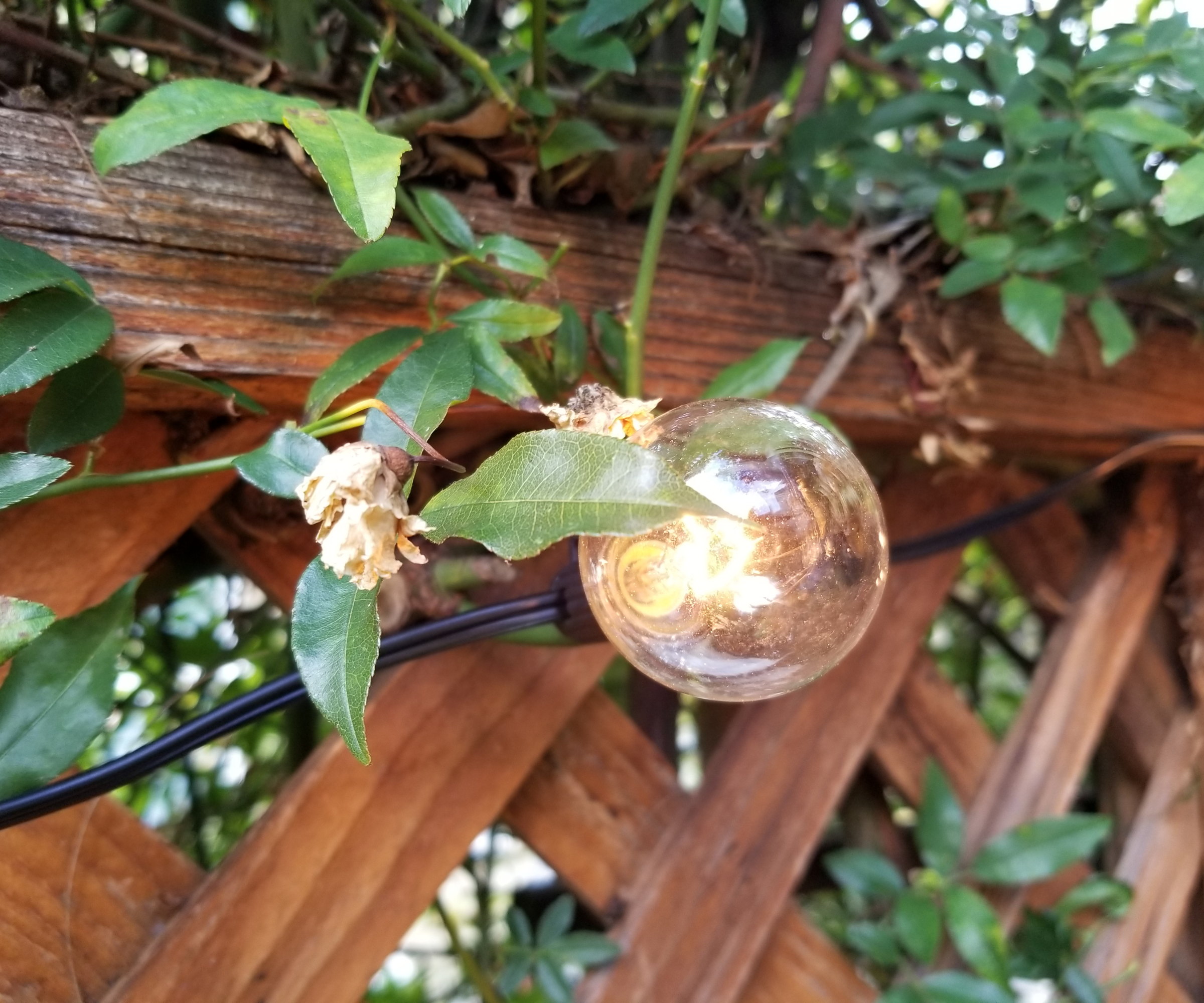
‘I do not recommend relying on holiday lights as a strategy for overwintering plants, says Andrew Hagerty, the director of horticulture for Waterfront Botanical Gardens. ‘While incandescent lights do generate some heat, their primary function is illumination, and a significant number would be required to transfer sufficient warmth to a plant to withstand cold temperatures.’
You may need lots of light to raise the temperatures, and there is no guarantee of consistent warmth. Parts of the plants closest to the bulbs may be warmed, even enough to stress or burn them, while other parts may benefit very little. Large amounts of warmth can be lost to the night air, especially if there are no extra covers.
Anna Ohler, the owner of Bright Lane Gardens, also casts doubt on the feasibility of successfully using this method in her Michigan winters, saying: ‘Using decorative lights poses an unnecessary fire risk and additional cost to your utility bills, especially if you use low-quality lights.’
The potential fire risk is something that will likely put off many gardeners. It may be difficult to find incandescent bulbs nowadays, as most festive lights are modern energy-efficient LEDs, and these older bulbs increase both the cost of warming plants and the associated risks.
‘I would not recommend using lights for warmth because the safety risks often outweigh the benefits,’ says Daniel Vasilevski, the owner of Pro Electrical. ‘Old-style incandescent bulbs, such as the larger C7 or C9 bulbs, are inefficient and create heat, which is what one wants. The downside to these hot bulbs is that they cause a very real danger when mixed with water, frost, and plants.’
‘I see gardeners suggesting people wrap the plants with burlap or frost cloth over the lights,’ adds Daniel. ‘To put a flammable substance like a cloth on top of hot incandescent lamps is a serious fire risk.’
If cost and potential fire risks don’t put you off, what about attracting more pests? Ed Dolshun from Catchmaster warns that warming plants in this way may actually invite pests.
‘The gentle heat from the lights could be just the shelter that insects are looking for in cold weather,’ he claims. ‘Normally, we see these guys move indoors looking for warmth, but this could just be the next best thing. You might see spiders, and fungus gnats take advantage of the microclimate and use the plant’s base or even the soil as a nesting site.’
Kit to help you overwinter plants successfully
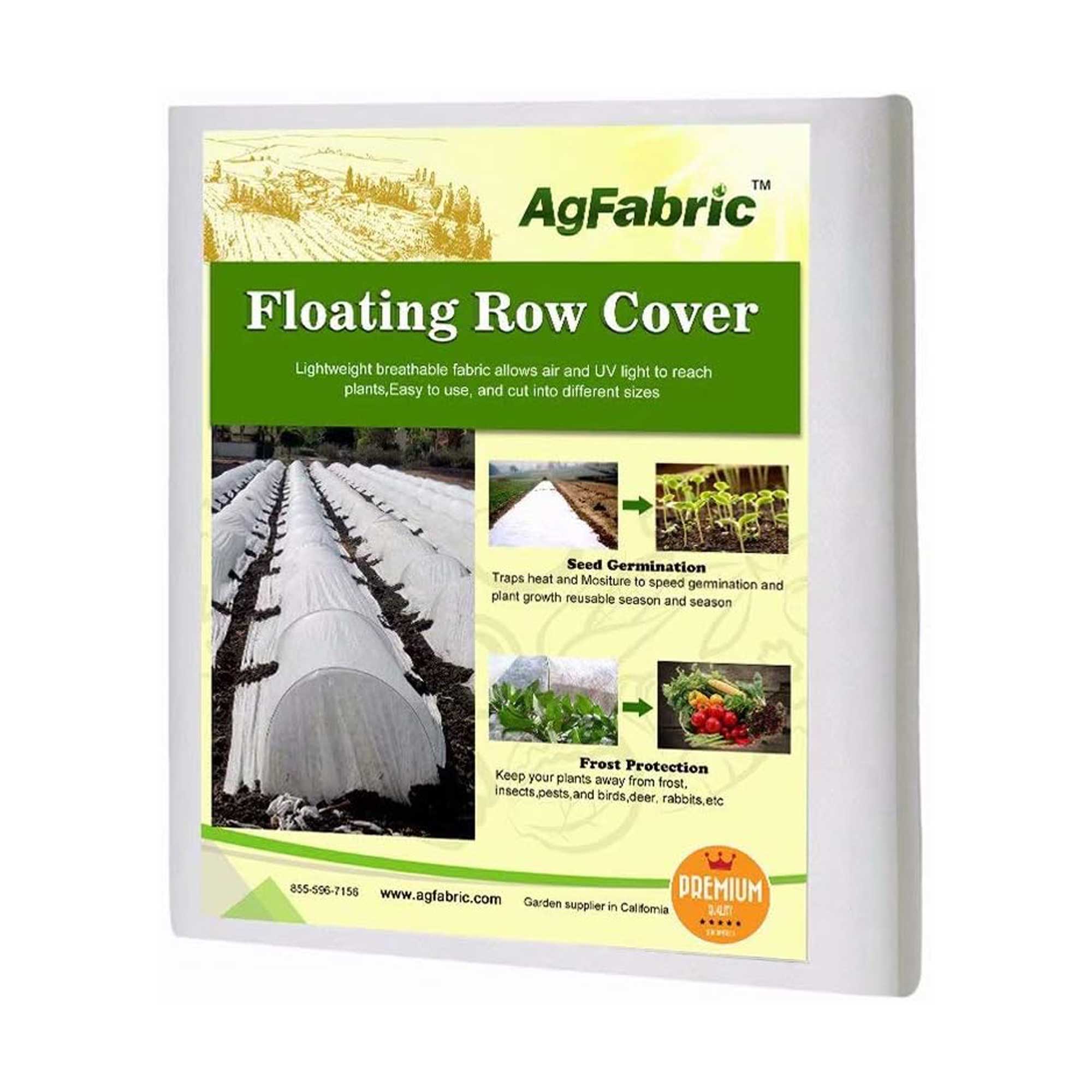
A floating row cover can protect outdoor plants from cold winter weather. This one provides up to 28°F frost protection and can be cut to size for individual plants.

These plant covers are made of non-woven fabric and contain at least 50% recycled material. A zip and drawstring design makes them easy to put on and take off plants.

Burlap is a top material for covering plants in winter and protecting them from frost. This roll is 40 inches wide and 15 feet long to cover rows or be cut for individual plants.
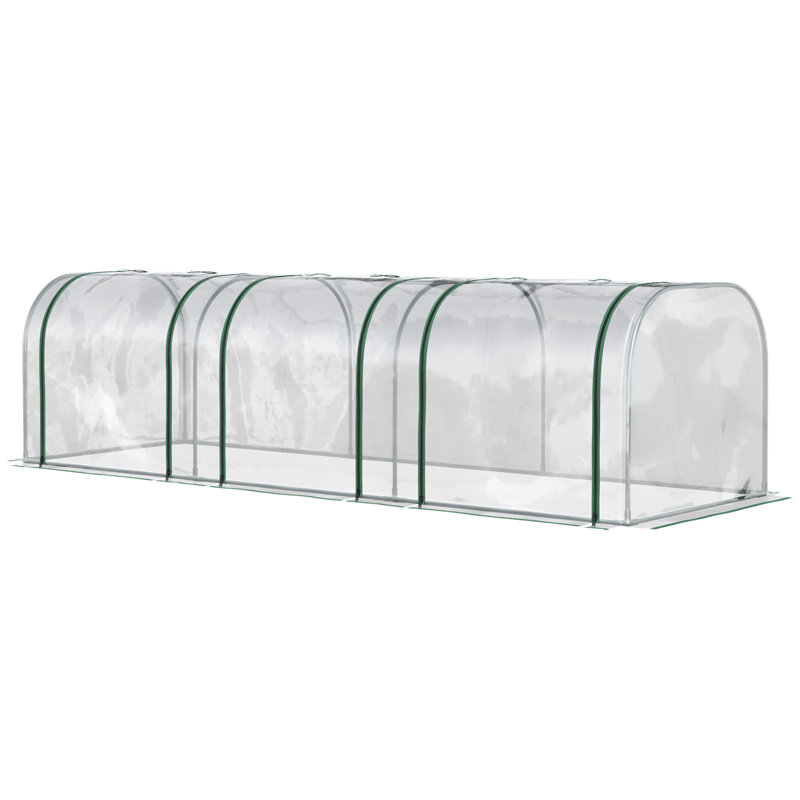
This portable tunnel greenhouse measures 116 x 39 x 31 inches. It has a strong steel frame and UV-proof cover. It can house many plants over winter.
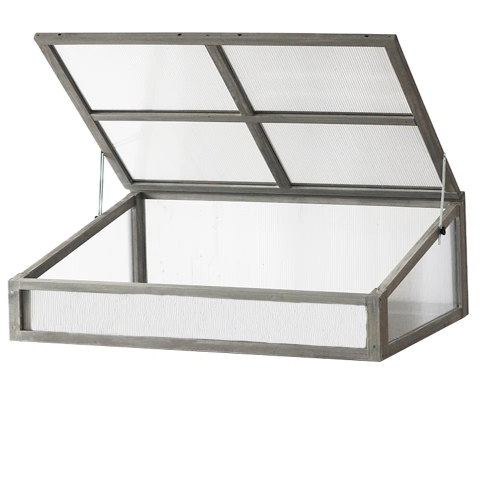
This portable cold frame is made of cedar wood and 3.5mm polycarbonate. It can be placed directly on the ground to protect plants in the winter.

A set of two attractive and adjustable plant lights to supplement the natural light when overwintering plants indoors.
Overwintering and protecting plants takes time, and sometimes it is not always necessary. A case in point is dahlias.
Dahlias are popular tender plants that many gardeners lift to overwinter indoors. They are not plants that can tolerate frosts, so gardeners around the globe routinely lift the tubers and overwinter dahlias indoors. But it is not always required, and whether you need to do this annual task when growing dahlias depends on your climate.
As a rough guide, if you are in zones 2-7, they definitely need lifting, while if you garden in zones 8 and higher, you can leave dahlias in the soil. Those in zone 7 can risk leaving theirs in the ground over winter with a thick layer of mulch, provided they have well-drained soil.
If you don’t need to lift yours, it can save you time and effort during what is a busy time of the gardening calendar.
Meet our experts Donna Letier
Donna Letier
Social Links Navigation
Plant Expert
Donna Letier is the CEO and co-founder of Gardenuity, a company merging gardening with the wellness sector through personalized container gardens and gardening experiences.
 Elizabeth Waddington
Elizabeth Waddington
Social Links Navigation
Garden Expert
Elizabeth Waddington is a writer and green living consultant living in Scotland. She is a garden designer who puts permaculture and sustainability at the heart of everything she does, from designing gardens and farms around the world to inspiring and facilitating positive change for small companies and individuals.
 Lindsey Chastain
Lindsey Chastain
Social Links Navigation
Gardening Expert
Lindsey Chastain, a dedicated homesteader and skilled writer, is the driving force behind The Waddle and Cluck, a platform that celebrates sustainable living, gardening, and responsible farming
 Andrew Hagerty
Andrew Hagerty
Social Links Navigation
Director of Horticulture
Andrew Hagerty brings over two decades of experience in the horticulture industry to his role as Director of Horticulture and Operations at Waterfront Botanical Gardens. He leads efforts to cultivate a thriving urban botanical landscape, ensuring the Gardens serve as a dynamic space for education, conservation, and inspiration.
 Anna Ohler
Anna Ohler
Social Links Navigation
Owner of Bright Lane Gardens
Anna is an avid plant hobbyist and the owner and operator of Bright Lane Gardens, a boutique plant nursery in Northern Michigan. With over a decade of experience in gardening and landscaping, she takes every opportunity to share her knowledge on all things plant-related.
 Daniel Vasilevski
Daniel Vasilevski
Social Links Navigation
Electrical Expert
Daniel is an expert electrician and the Director and Owner of Pro Electrical. He has more than 10 years in the electricity industry.
 Ed Dolshun
Ed Dolshun
Social Links Navigation
Pest Expert
Ed is Vice President of Business Development and Technical Director at Catchmaster and has over 12 years of experience in the pest management industry.

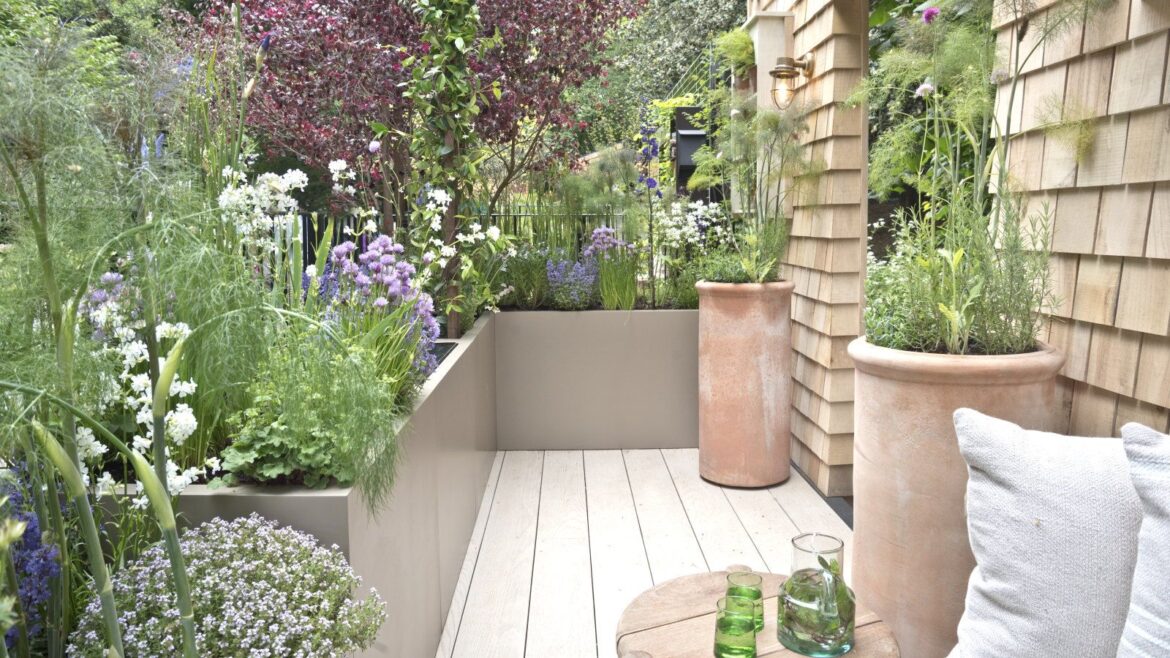
Comments are closed.